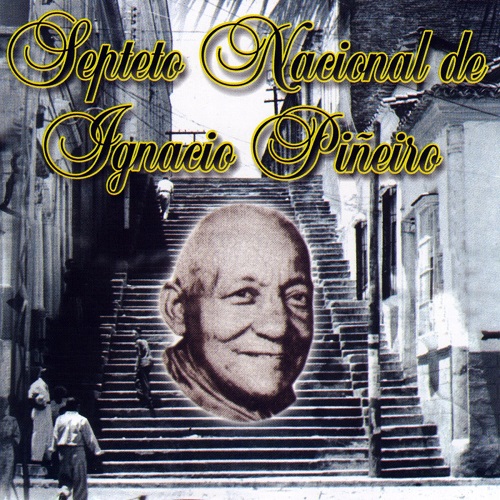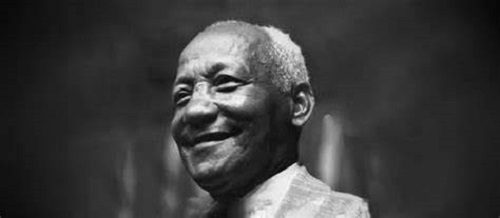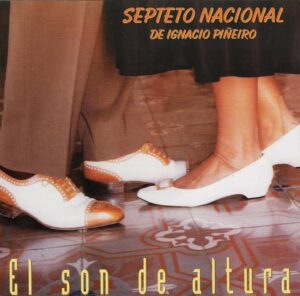During our long journey in the world of music, we have had the enormous privilege of meeting fascinating people who show us that talent can come in many ways and at many ages. One of these people is Sofia Grace Doellefeld, a 15-year-old drummer with deeply held family and religious values that are not common in someone her age.
The young teenager, whose greatest hero and supporter is her father, aspires to go to college after finishing high school, but hopes to combine her academic activities with music as she has done so far. Here is what friendly and kind Sofia shared with us in pleasant and fluid conversation.

Who is Sofia
Sofia is a girl with many dreams and aspirations who is currently in ninth grade, while taking music lessons and playing in her school’s jazz band. The student of a Protestant Christian family has the support of everyone around her, especially her father, whom she describes as her greatest mentor and inspiration in life.
Despite being the first musician in her family, they have been a tremendous support to Sofia, to the point that they always accompany her to her events and performances so she knows they are there for her. Although they have not talked about a formal career in the entertainment industry, she knows they will support any decision she makes.
For now, she aspires to attend Full Sail University to study sound engineering so she can learn how to get involved in music production and all technical aspects related to her art because she thinks her academic background has prepared her for it.

When did Sofia start playing music?
Sofia’s interest in music began when she was 10 years old with the electric guitar, as she felt it would be interesting to replicate the notes she always heard from her favorite artists. The problem was that she never truly connected with the instrument as much as she tried, so she switched to the drums, which she quickly noticed she enjoyed much more and inspired her to try increasingly complex songs and melodies.
Her greatest source of inspiration on a musical level came from various jazz drummers such as Buddy Rich and Max Roach, but they were not the only ones. In the Latin sphere, the artist also enjoys great singers such as Selena Quintanilla and Juan Luis Guerra, and her favorite Latin genre is Latin rock. In fact, she really likes Santana’s songs and other groups of this kind.

The drums as a traditionally male instrument
Considering that the drums were traditionally played by men, it is interesting that a young girl like Sofia chose this instrument to take her first steps into the world of music. When we wanted to know her view on the matter, she confessed that one of her biggest motivations for choosing the drums was precisely the fact that it was seen as a male instrument, as she wanted to break that unspoken rule and prove that a girl could play as well as any male musician.
She really thinks she is doing a great job, is very passionate about what she does with music and hopes to continue improving every day to keep breaking the mold.
Although she is proud of what she does alone, many of her closest friends also play instruments and she would like to form a band with them or other musicians in the future, though she feels it is still too early to even consider that possibility.
And speaking of friends, one of Sofia’s great musical inspirations in the real world is one of her best friends, who plays nine instruments and is excellent at each and every one. This makes her a great motivation for her friend and she always tries to keep pace with her peers when it comes to playing.

Other instruments
Sofia would also like to play several instruments as her friend and one she really likes is the piano, as it is applicable for almost any genre or song, making it very versatile and easy to include.
The pianist should know a lot about music theory, rhythms and many other things that provide a very complete training for any artist, which makes it an ideal choice for anyone wishing to know more about music on a deeper level.
Concluding comments on music and interests in this area
To finish with our talk, we asked Sofia for some final comments regarding music in general and the interests she has with it, to which she states word for word that ”music is a great way to connect with oneself and others. It’s also a great way to discover who you are and who you want to become. It’s a blessing to be able to play music”.
Read also: This is Indiana composer, arranger, music teacher, and trumpet player David Hardiman















